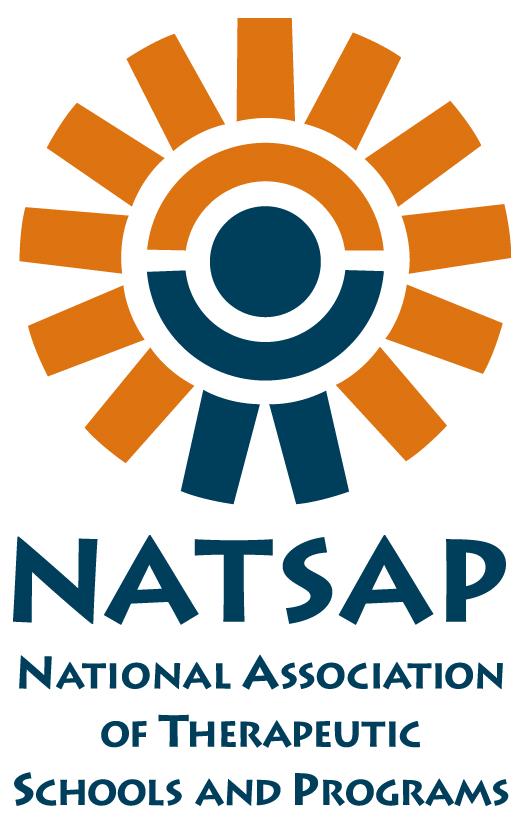Manic Depressive Disorder. Manic Depression. Bipolar Disorder.
This is so confusing.
Basically all three terms mean the same thing. It is a Mood Disorder where you are dealing with mood swings of intense high and intense low feelings. These mood swings or mood episodes can last one to two weeks or longer. The highs are called mania or manic episodes and the lows are depression or depressive episodes.
Bipolar Disorder is the newest term used for this Mood Disorder
Symptoms of mania or manic episodes include:
- Elevated mood
- Racing thoughts
- Decreased need for sleep
- Short attention span
- Easily distracted
- Grandiose ideas of what they can do
- Increased sex drive
- Extremely irritable
- Risky behavior
Symptoms of depressive episodes include:
- Feeling sad, empty, lonely
- Loss of interest in things they normally enjoy
- Apathy or indifference
- Difficulty sleeping although tired
- Lack of motivation
- Suicidal thoughts or actions
There can be difficulty diagnosing Manic Depressive Disorder or Bipolar Disorder due to Co-existing Conditions also known and Dual Diagnosis. This means that the teenager could also be dealing with another condition.
Teens with Bipolar Disorder often deal with:
- Attention Deficit Hyperactivity Disorder (ADHD)
- Substance Abuse</li>
- Obsessive Compulsive Disorder (OCD)
- Panic Disorder
Manic Depressive Disorder or Bipolar Disorder is treatable; however, it is a lifelong condition. The typical onset of symptoms is in the mid to late teenage years and early adulthood.
Obviously, treatment is essential for your teen to learn coping skills, help problem solve, improve communication and understanding about the disorder and recognize mood swings.
If you suspect your teenager may have Manic Depressive Disorder or Bipolar Disorder, get them diagnosed and obtain treatment as soon as possible.
Reference:
http://en.wikipedia.org/wiki/Bipolar_disorder








